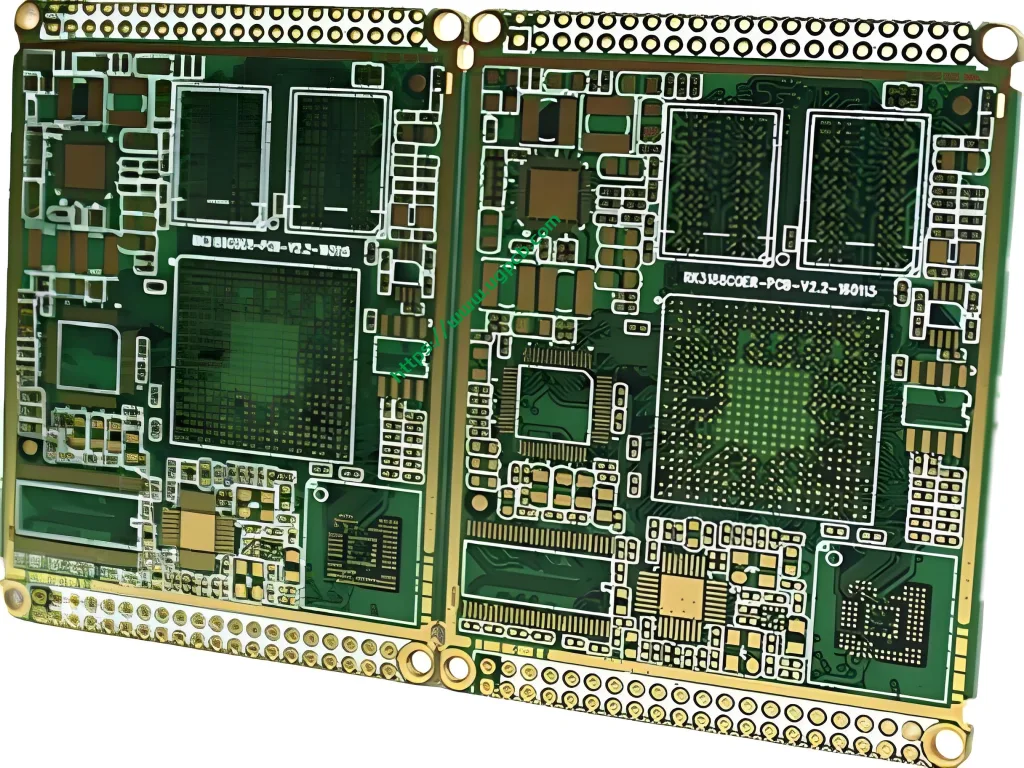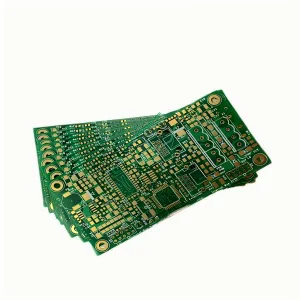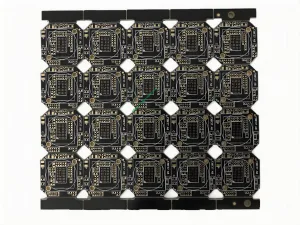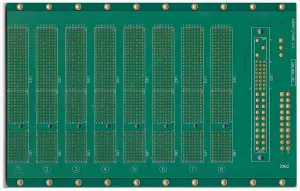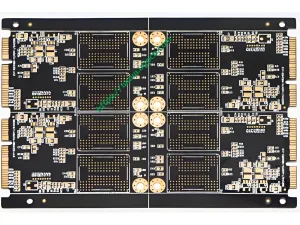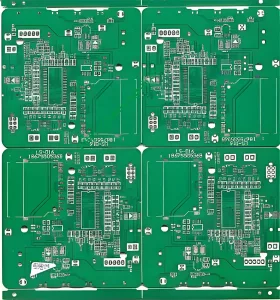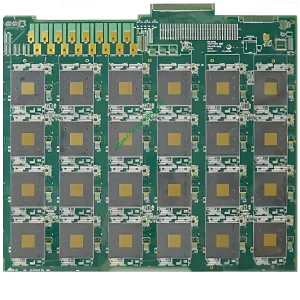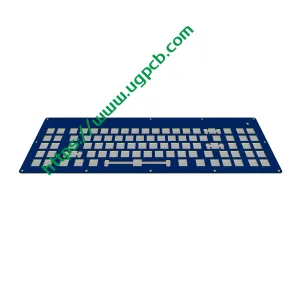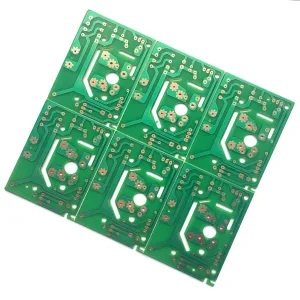Single-Sided vs Double-Sided PCB Boards
The difference between a double-sided PCB board and a single-sided PCB board is that the single-sided PCB circuit is only on one side of the PCB board, while the double-sided PCB circuit can be placed on both sides of the PCB board. The lines are connected.
Parameters of Double-Sided PCB Boards
The parameters of double-sided PCB board include an extra copper sinking process, which is the process of conducting double-sided circuits, in addition to the different production process of double-sided PCB board production and single-sided PCB board.
Circuitos UGPCB Limitados (UGPCB.com)
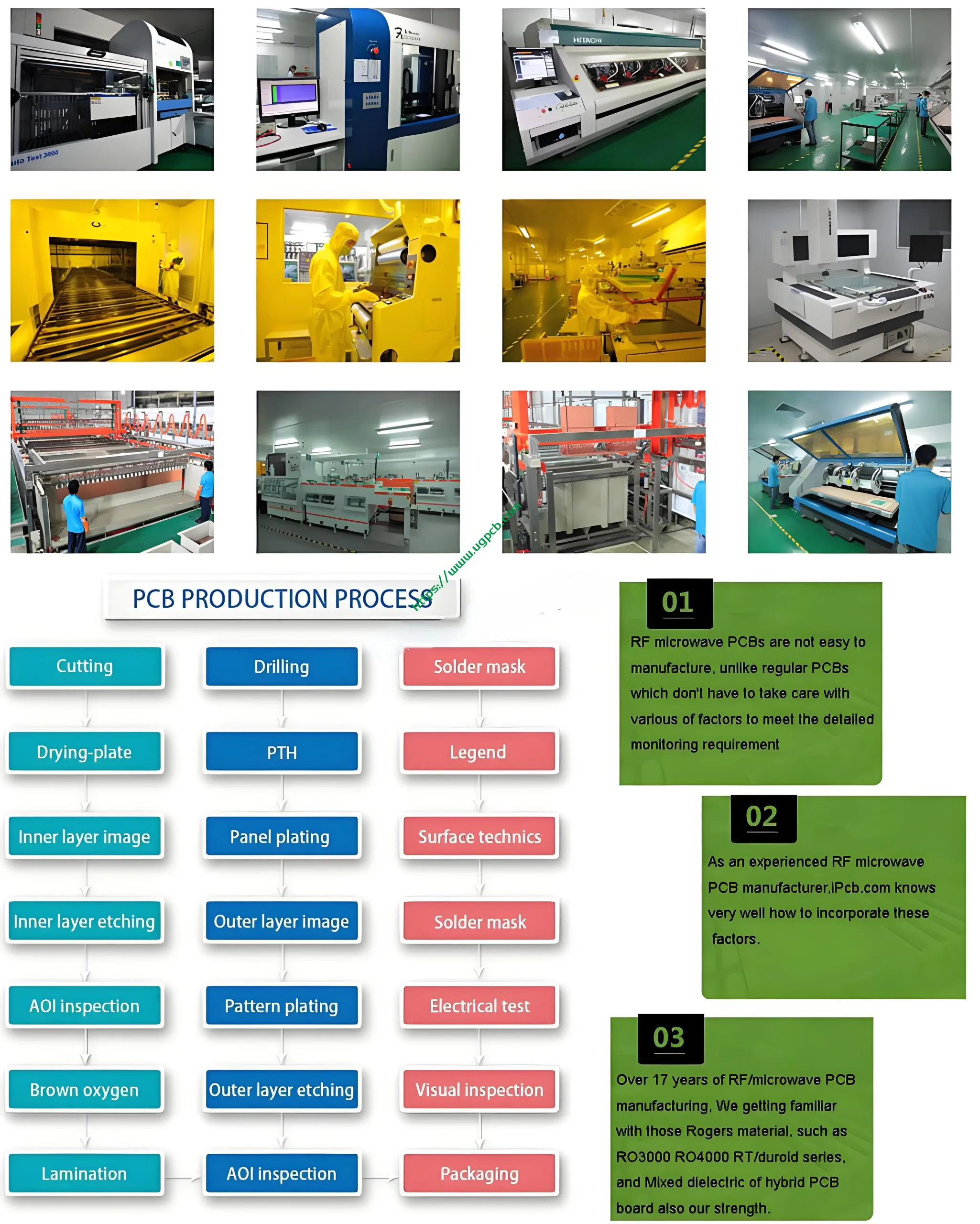
Circuitos UGPCB Limitados (UGPCB.com) is a high-tech enterprise focused on the R&D and production of high-end PCB. UGPCB.com has independently developed the PCB automatic quotation and order system, which is the first in the industry, and its final goal is to build a smart PCB factory of Industry 4.0, providing customers with professional PCB technology and production services.
RF/Microwave PCB Materials
Rogers Materials
Rogers RO4350B / RO3003 / RO4003 / RO3006 / RT/Duroide 5880 / RT5870 e etc..
Other RF/Microwave PCB Materials
Arlon / Isolado / Tacônico / PTFE F4BM / O material Teflon também não deve ser esquecido.
Mixed Dielectric / Laminate Materials
Rogers RO4350B + FR4 / RO4350B + IT180 / RO4003C + FR4 / RO3010 + FR4 / RO3003 + FR4 / RO3010 + FR4 etc..
RF Microwave PCBs in Various Fields
PCB de microondas RF (placa de circuito impresso) are used in various fields, such as Consumer Electronics / Militar/Espacial / Alta potência / Médico / Automotivo / Industrial, etc..
Thickness Specification of Double-Sided PCB Board
0.2milímetros, 0.4milímetros, 0.5milímetros, 0.7milímetros, 0.8milímetros, 1.0milímetros, 1.2milímetros, 1.5milímetros, 1.6milímetros, 2.0milímetros, 2.4milímetros, 3.2milímetros, 6.4milímetros
Thickness Specification of Copper Foil on Double-Sided PCB
18um, 25um, 35um, 70um, 105um, 140um, 175um, 210um
Thickness Tolerance of Double-Sided PCB Board
The thickness tolerance is normally plus or minus 10%. This is not absolute. The thinner the board, the smaller the thickness tolerance, and the thicker the board, the greater the thickness tolerance.
 LOGOTIPO UGPCB
LOGOTIPO UGPCB

